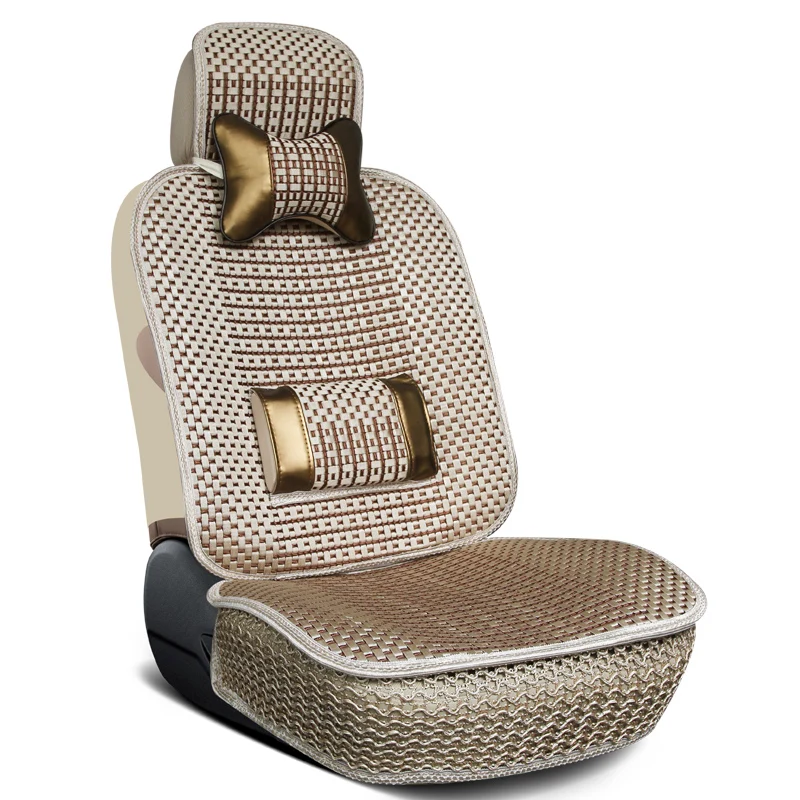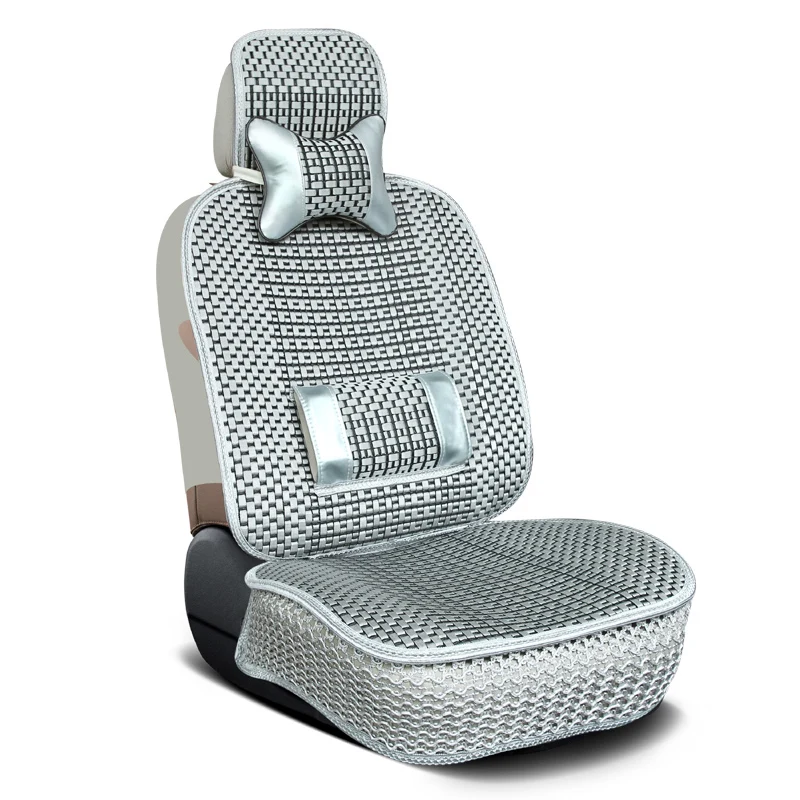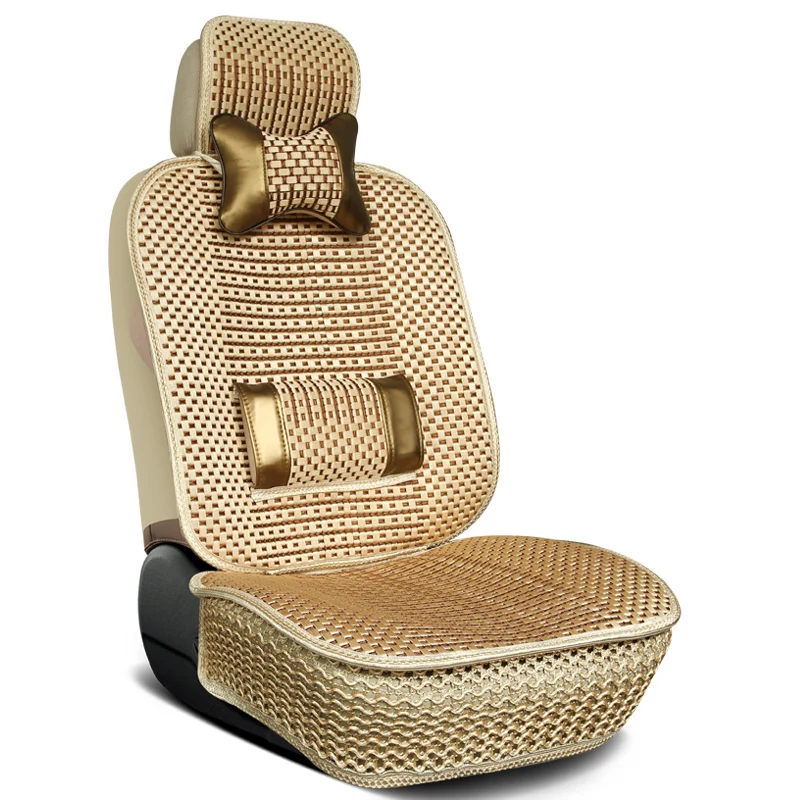Keeping fabric car seats clean is crucial for maintaining the overall appearance and hygiene of your vehicle. Over time, car seats can accumulate dirt, stains, and spills, making them look worn and unappealing. This comprehensive guide will provide you with practical tips and techniques to effectively clean and maintain your fabric car seats. From basic cleaning methods to advanced stain removal, this guide covers everything you need to know to keep your car seats looking like new.
Understanding Fabric Car Seats
Types of Fabric Used in Car Seats
Fabric car seats come in various materials, each requiring different cleaning methods. Common types of fabrics used in car seats include polyester, microfiber, and velour. Polyester is a durable and stain-resistant fabric, while microfiber is known for its softness and ease of cleaning. Velour, a plush and luxurious fabric, can be more challenging to clean but offers a high level of comfort. Understanding the specific type of fabric in your car seats will help you choose the appropriate cleaning products and techniques.
Common Types of Stains and Dirt
Fabric car seats are prone to a range of stains and dirt, including food and beverage spills, mud, pet hair, and general grime. Each type of stain may require a different approach for effective removal. For example, grease stains from food may need a degreasing agent, while pet hair can be removed with a vacuum or lint roller. Identifying the type of stain or dirt on your car seats is essential for selecting the right cleaning method and ensuring a thorough clean.

Preparing for Cleaning
Gathering the Right Supplies
Before you begin cleaning your fabric car seats, gather all necessary supplies to ensure a smooth process. Essential items include a vacuum cleaner with a brush attachment, fabric upholstery cleaner, microfiber cloths, a soft-bristled brush, and a bucket of water. For tougher stains, you may need specialized stain removers or enzyme cleaners. Having all your supplies ready will help you efficiently tackle the cleaning process without interruptions.
Pre-Cleaning Inspection
Inspecting your car seats before cleaning is an important step to identify any issues and plan your cleaning approach. Look for signs of damage such as tears or frayed edges, which could be exacerbated by cleaning. Check for any loose objects or debris that could interfere with the cleaning process. Conducting a thorough pre-cleaning inspection ensures that you address any potential problems and tailor your cleaning methods to the specific condition of your car seats.
Basic Cleaning Techniques
Vacuuming the Seats
Vacuuming is the first step in cleaning fabric car seats, as it removes loose dirt, dust, and debris. Use a vacuum cleaner with a brush attachment to gently agitate the fabric and lift dirt from the surface. Pay special attention to crevices and seams where debris often accumulates. Regular vacuuming helps maintain the cleanliness of your car seats and prepares them for more in-depth cleaning.
Spot Cleaning Stains
For minor stains and spills, spot cleaning can be an effective solution. Apply a small amount of fabric upholstery cleaner to the stained area and gently blot with a microfiber cloth. Avoid rubbing the stain, as this can push it deeper into the fabric. For persistent stains, use a soft-bristled brush to work the cleaner into the fabric. Rinse the area with a small amount of water and blot dry with a clean cloth to remove any residue.
Deep Cleaning Fabric Car Seats
Using Upholstery Cleaner
For a thorough clean, use a fabric upholstery cleaner designed for car seats. Follow the manufacturer’s instructions for the best results. Typically, you will need to apply the cleaner to the fabric, agitate with a soft-bristled brush, and then blot with a microfiber cloth. Be sure to work in small sections to ensure even coverage and avoid over-wetting the fabric. Allow the seats to dry completely before using the vehicle to prevent mold and mildew growth.
Steam Cleaning
Steam cleaning is a powerful method for deep cleaning fabric car seats, as it uses high-temperature steam to loosen and lift dirt and stains. A steam cleaner with a fabric attachment can effectively clean and sanitize your car seats without the use of harsh chemicals. Follow the manufacturer’s instructions for operating the steam cleaner, and ensure that the seats are thoroughly dried after steam cleaning to prevent moisture-related issues.

Advanced Stain Removal Techniques
Removing Grease and Oil Stains
Grease and oil stains can be particularly challenging to remove from fabric car seats. Start by blotting the stain with a clean cloth to absorb as much grease as possible. Apply a degreasing agent or specialized stain remover to the affected area and let it sit for the recommended time. Gently agitate with a soft-bristled brush and blot with a microfiber cloth. Rinse with a small amount of water and blot dry. For stubborn stains, repeat the process as needed.
Dealing with Ink and Marker Stains
Ink and marker stains require special treatment to avoid spreading the stain or damaging the fabric. Use a commercial ink remover or a mixture of rubbing alcohol and water. Apply the solution to a clean cloth and gently blot the stain, working from the outside in to prevent spreading. Avoid scrubbing, as this can damage the fabric. Once the ink is lifted, rinse the area with water and blot dry. For persistent stains, consider seeking professional cleaning services.
Preventing Future Stains
Using Fabric Protectors
Applying a fabric protector can help prevent future stains and make cleaning easier. Fabric protectors create a protective barrier on the fabric that repels liquids and resists staining. Follow the manufacturer’s instructions for application, and ensure that the fabric is completely dry before applying the protector. Regular reapplication may be necessary to maintain the effectiveness of the fabric protector.
Regular Maintenance Tips
In addition to routine vacuuming, consider using seat covers to protect against spills and wear. Promptly address any spills or stains to prevent them from setting into the fabric. Periodically deep clean your car seats to remove embedded dirt and maintain their appearance. By incorporating these maintenance practices, you can extend the life of your fabric car seats and keep them looking their best.

Tips for Cleaning Car Seat Accessories
Cleaning Seat Belts
Seat belts often accumulate dirt and grime from regular use. To clean them, start by retracting the belt and using a vacuum with a brush attachment to remove loose debris. Apply a mild fabric cleaner to a cloth, not directly to the seat belt, and gently wipe the belt. Avoid soaking the belt, as excessive moisture can weaken the fibers. After cleaning, allow the seat belt to air dry completely before retracting it back into place.
Cleaning Car Seat Pockets and Armrests
Car seat pockets and armrests can also collect dirt and spills. For fabric pockets, use a vacuum to remove loose dirt and follow with spot cleaning for any stains. For armrests, apply a fabric cleaner to a cloth and gently wipe the surface, paying attention to any seams or crevices where dirt may accumulate.
Conclusion
Cleaning fabric car seats requires a combination of basic and advanced techniques to effectively remove stains, dirt, and grime. By understanding the types of fabric and stains, preparing your cleaning supplies, and employing appropriate cleaning methods, you can maintain the appearance and hygiene of your car seats. Regular maintenance and preventive measures will help keep your fabric car seats in excellent condition and enhance your overall driving experience. Follow this ultimate guide to ensure that your car seats remain clean, comfortable, and visually appealing for years to come.









